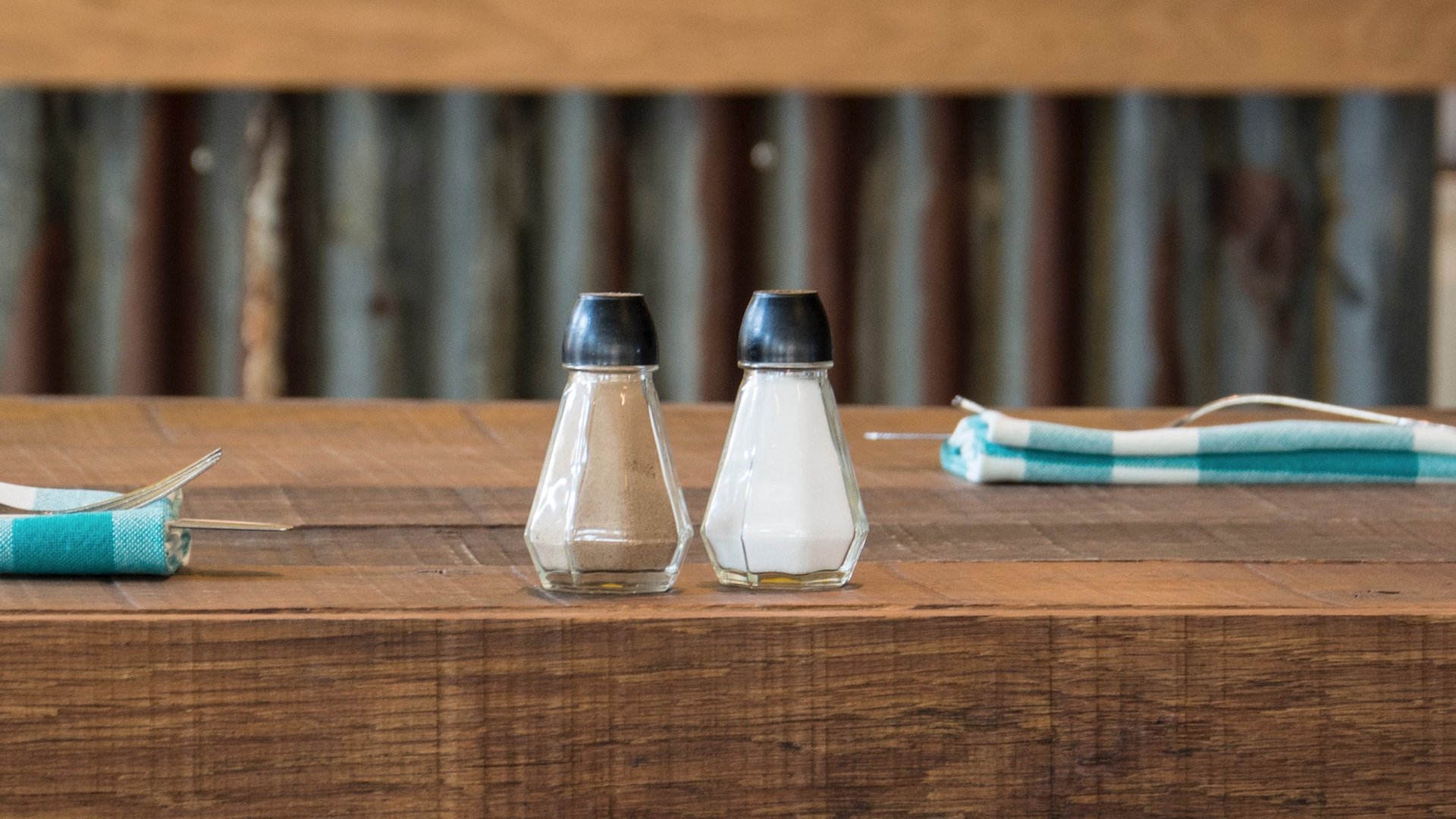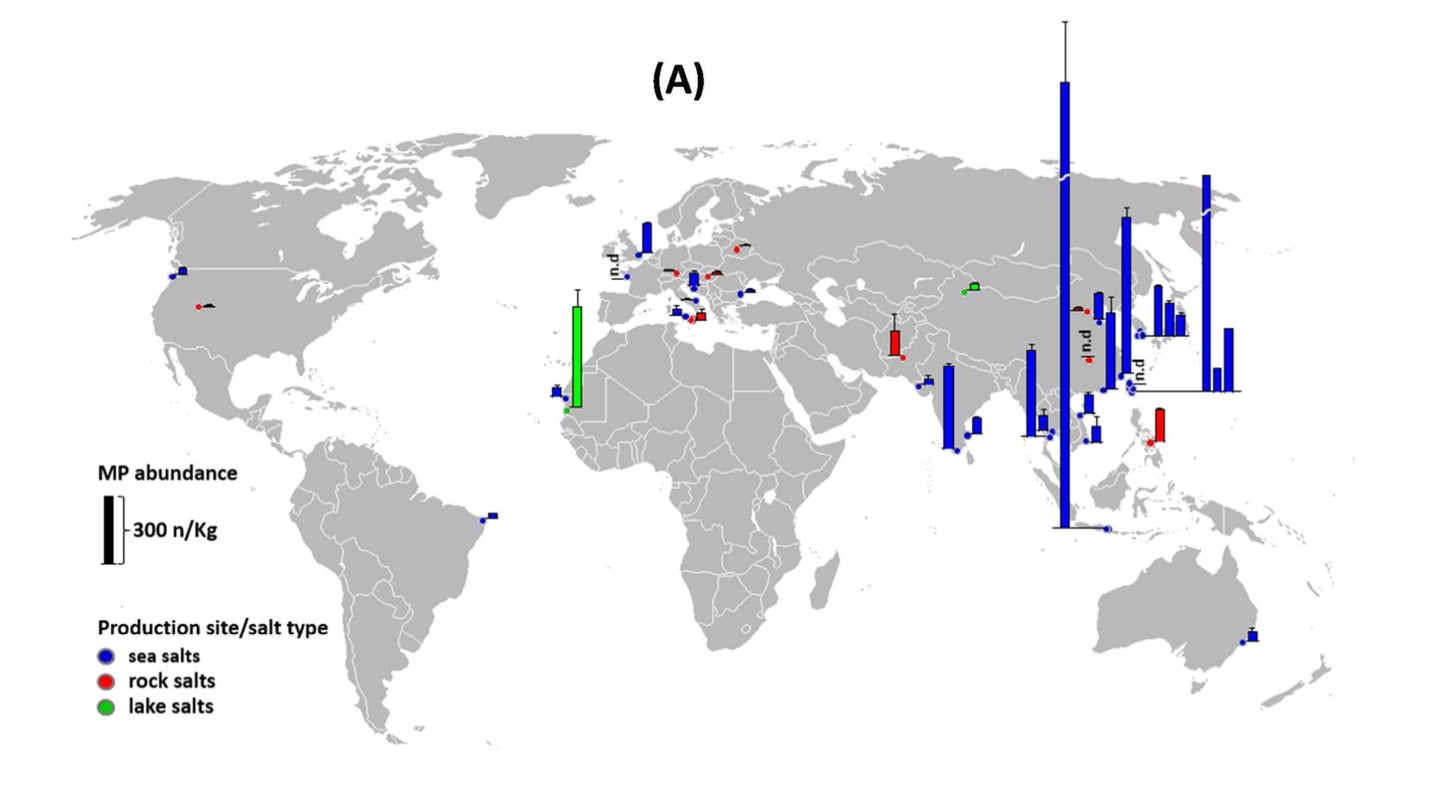Adults ingest 2,000 pieces of plastic in table salt on average each year
There’s microplastic in that table salt.


There’s microplastic in that table salt.
A study published Tuesday (Oct. 16) in the journal Environmental Science and Technology found microplastics in more than 90% of the packaged food-grade salt—also known as table salt—for sale in stores. The team, from South Korea’s Incheon National University and Greenpeace East Asia, sampled 39 brands of salt harvested in 21 countries. Only three of the samples had no detectable microplastics.
Microplastics are virtually everywhere. Sea salt and lake salt are made by evaporating water and harvesting the salt that remains. Plastic waste flows from rivers into those bodies of water, so it’s no surprise that the salt contains traces of it too. Scientists have been finding microplastics in salt for years, including in salt from China, Spain, and eight countries in Asia, Europe, and Africa.
But the latest study goes a step further, finding that looking at where the salt was produced is a good indicator of how much plastic pollution is coming from that particular region.
Highest plastic content in Asia-made salt
The 39 samples came from Australia, Belarus, Brazil, Bulgaria, China, Croatia, France, Germany, Hungary, India, Indonesia, Italy, Korea, Pakistan, Philippines, Senegal, Taiwan, Thailand, the UK, the US, and Vietnam.
Of these, 28 were sea salts, nine were rock salts, and two were lake salts.
Only three of the samples were microplastics-free: a refined sea salt from Taiwan, a refined rock salt from China, and an unrefined sea salt in France.
Salt made in countries in Asia had by far the most microplastics of all the samples, which correlates with where plastic most often enters the ocean. Nine of the top 10 sea salts sampled with the highest amount of microplastics came from Asian countries.

“The results indicate that not only is Asia a hot spot of global plastic pollution, as previous studies have suggested, but also that sea salt can be a good indicator of the magnitude of [microplastics] pollution in the surrounding marine environment,” the researchers write.
Gulping down the plastic
Based on their results, the researchers estimate that the average adult ingests about 2,000 pieces of microplastic in salt per year. But, they write, that still only represents a fraction of the microplastics a person is likely to consume.
Previous research revealed that microplastics have also been found in tap water, mollusks, and both indoor and outdoor air. All together, those four pathways add up to an average 32,000 pieces of microplastic ingested per year per person. Inhaling microplastics in the air is by far the largest contributor—people ingest roughly 80% of the microplastics that enters their bodies through this route.
Given those other sources of exposure, microplastics in table salt amounts to about 6% of a person’s total microplastics ingestion, the researchers write.